Daikon radish growing (Thinning out daikon radishes) Grow cylindrical and round shape daikon radish
How to grow “Shogoin" daikon radish and “Green neck" daikon radish in mulch culture. (“Shogoin" and “Green neck" are Japanese daikon radishes.) The focus for today is managing the growth of our daikon radish plants. This time, we’ll explain when to thin daikon and how to thin them. Thinning may seem dull, but if you want big daikon radish, you can’t avoid it.
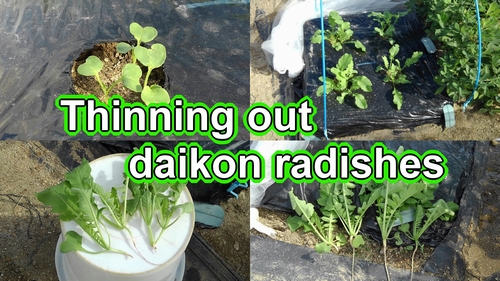
It’s been about a week since planting “Shogoin" daikon and “Green neck" daikon. The daikon’s cotyledons have fully emerged, so it’s time for the first thinning.

The cultivation methods for “Shogoin" daikon and “Green neck" daikon. (How to grow Japanese daikon radishes.) Articles on the cultivation process up to this point, soil preparation, and seeding can be found here.
In daikon radish cultivation, soil preparation is crucial. We till the soil thoroughly to prevent forked roots.
After sowing daikon radish seeds, we cover them with non-woven fabric to protect daikon seeds. We also installed insect netting to prevent pests.
How to thin daikon radishes (The first thinning of daikon)
The first thinning of daikon radish is done shortly after germination. We thin “Shogoin" daikon radish and “Green neck" daikon when their cotyledons have fully emerged.
From the four sprouted daikon radish seedlings, we thin one, leaving three. When examining the germinated daikon sprouts, if there are any that appear damaged by pests or diseased, we remove them. Also, daikon sprouts with unevenly shaped cotyledons or irregular shapes are candidates for thinning.
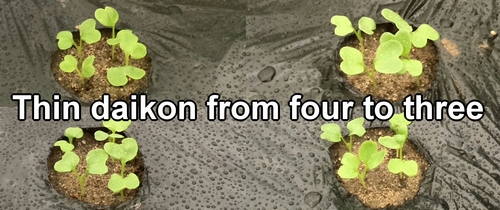
To thin, we use scissors. With scissors, we cut the base of the daikon radish sprouts. Thinning vegetables grown from seeds, not just “Shogoin" daikon or “Green neck" daikon radish, often involves using scissors.

I don’t recommend the method of pulling out daikon sprouts by hand. The reason is that with this method, you might damage the roots of the remaining daikon radish. So, let’s use scissors for thinning instead.
The direction of the cotyledons opening is also important. When in doubt, keep the ones opening parallel to the bed.
This is because the direction in which the daikon’s roots (associated with nutrient absorption, known as lateral roots) extend is the same as the direction in which the cotyledons open. When the cotyledons open towards the direction of fertilization, it means that there is fertilizer at the tip of the extended roots, allowing for efficient nutrient absorption.


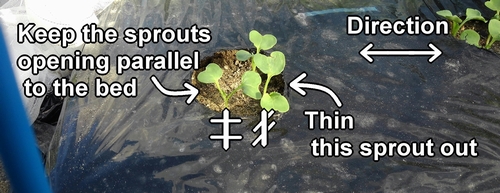
We thinned one from the four daikon radish sprouts, leaving three. With this, the first thinning of “Shogoin" daikon radish and “Green neck" daikon is complete.
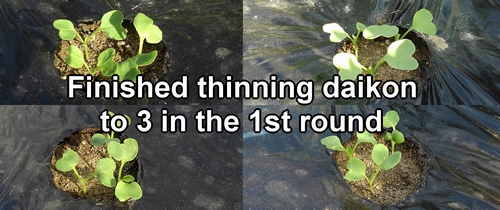
The second thinning of daikon radish (Thin three daikon plants to two)
The second thinning of daikon radish is when there are 3 to 4 true leaves. About 10 days have passed since the first thinning of the daikon radish, and it has been approximately 17 days since sowing.

The key point to look for in the second thinning is the leaves of “Shogoin" daikon radish and “Green neck" daikon. We keep the plants with daikon leaves growing upwards, light green color, and symmetric leaf shapes, as they indicate healthy growth. On the contrary, we thin out plants that have leaves spreading and lying down or those with excessively dark leaf color.
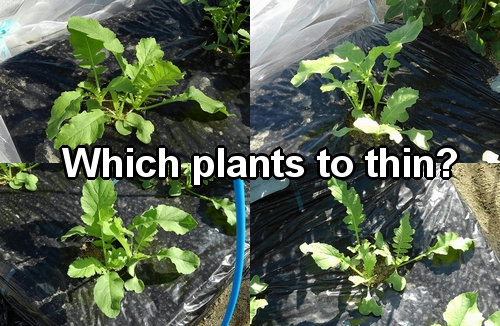

We thinned one from the three daikon radish plants, leaving two daikon. With this, the second thinning of daikon radish is complete.
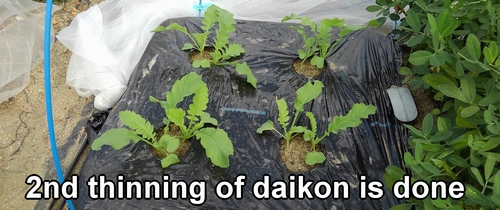
The third thinning of daikon radish (Leave only one well-grown daikon plant)
The final thinning of “Shogoin" daikon and “Green neck" daikon. The third thinning is when there are 5 to 6 true leaves. About a week has passed since the second thinning of daikon radish, and it has been approximately 24 days since sowing.
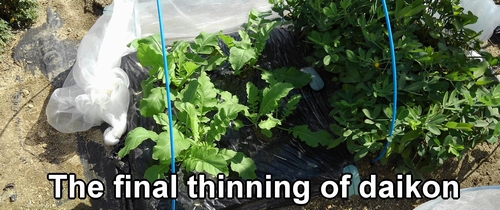
The key to thinning, similar to the second round, is the daikon radish leaves. We look at the leaves and keep the ones that seem to be growing well. Thinning is done for plants with issues like black stems, excessive thickness, or growing at an angle.


With this, the thinning of Shogoin daikon radish and Green neck daikon is complete. May the remaining daikon radish plant grow big.
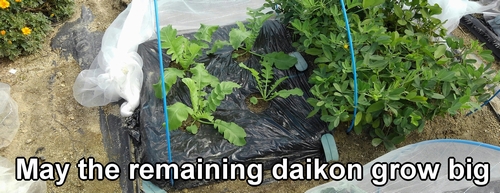
Related information on Shogoin daikon cultivation(Frequently Asked Questions for growing japanese daikon radish)
How big is the Shogoin daikon radish?
Shogoin daikon radish is a round radish about 15cm (6 inches) in diameter, and larger ones can grow up to 20cm (7.8 inches). Its flesh is fine-textured, making it good for pickling and stewing.
Following is the video for how-to. English subtitles are available.
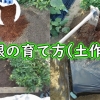





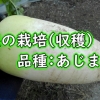
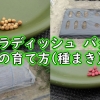
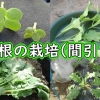



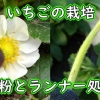
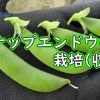
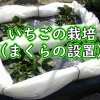
ディスカッション
コメント一覧
まだ、コメントがありません